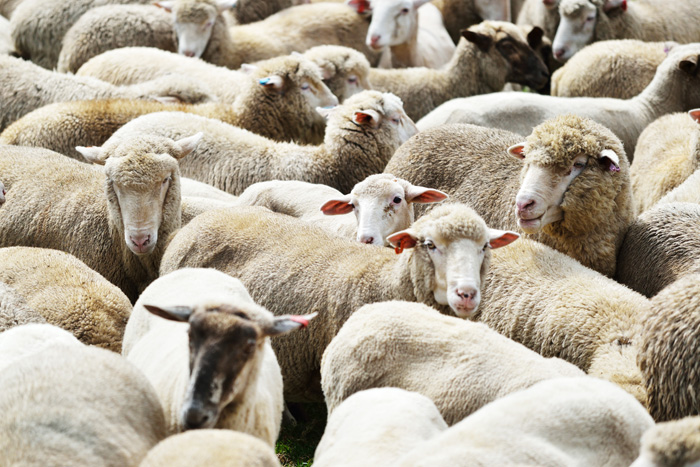SQPs and livestock farmers in most parts of the UK can get up to date parasite information based on the monitoring of worm, fluke and fly levels on 18 farms via the Parasite Watch scheme.
The scheme, run by Zoetis, is in its second year. The farms involved – in areas which have the largest amount of breeding sheep as per the Defra census – will have faecal samples taken every two weeks, which will help detect major stomach worms and Nematodirus.
Fluke will be tested quarterly using copro antigen testing, which will pick up immature fluke at six weeks of age, giving farmers and SQPs early warning. Flies will be monitored on the farm using fly traps.
How to use Parasite Watch
SQPs and farmers can use an interactive map at www.parasitewatch.co.uk To use the map, click on a farm in your area and details of any parasites that have been found as well as when they were detected will be displayed.
Data will be be updated regularly, which will highlight spikes in numbers of certain parasites in a particular area.
With warmer weather enabling a longer grazing season and milder winters leading to more parasite survival, Zoetis vet Dr Dave Armstrong says farmers need to know about parasites on their farm and in their area.
He believes that as well as monitoring parasite risks by using the Parasite Watch map, farmers should also be using faecal egg counts and monitoring growth rates.
“If you are below your target growth rate, then that’s when you should start investigating,” he said. “You can’t just judge by the calendar or what happened last year, you’ve got to look at stock, weigh stock and know what is going on.”


